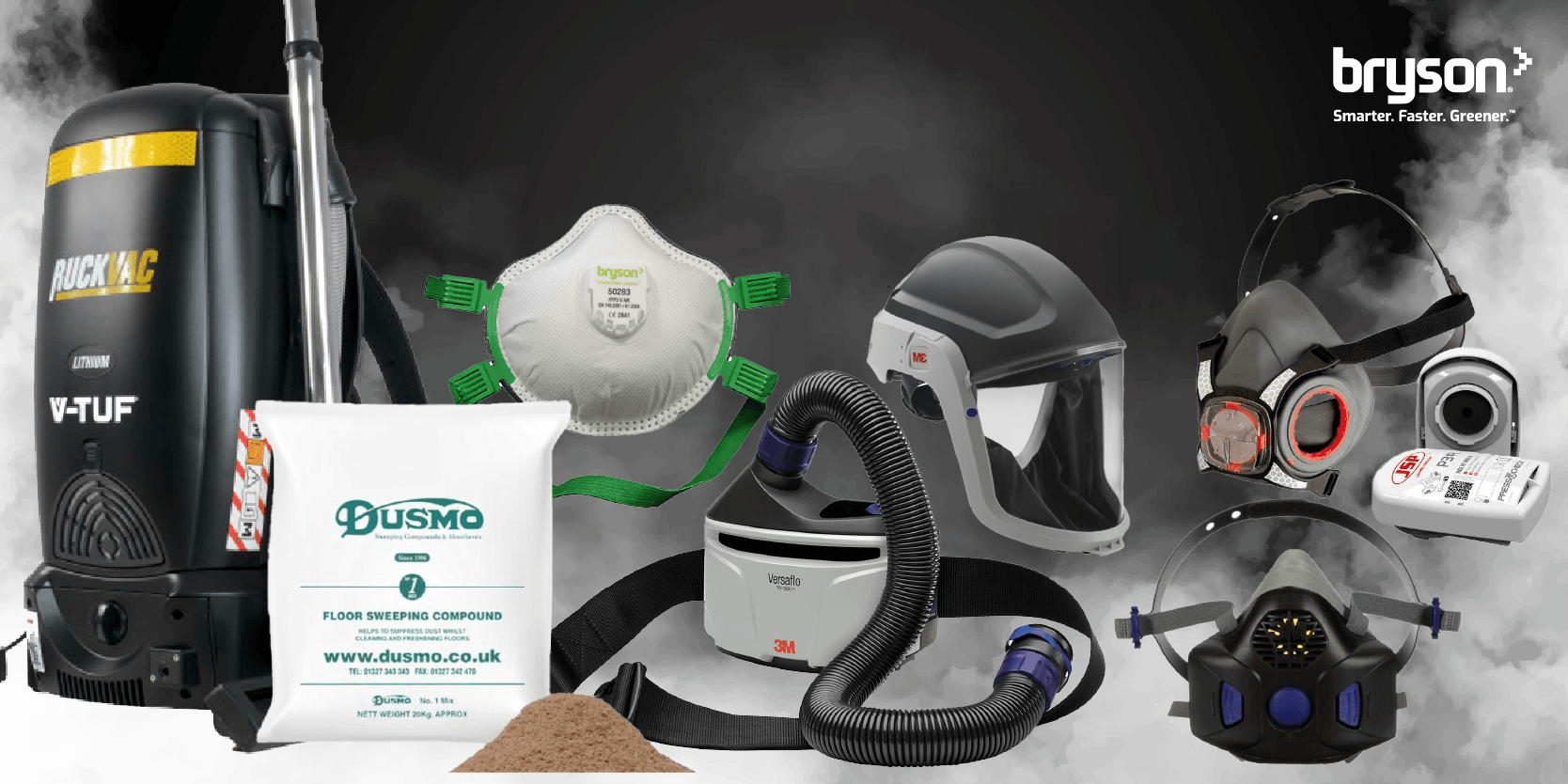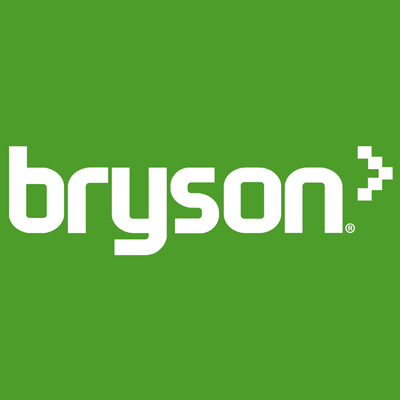Construction Dust: Protecting Your Workers from Health Risks

Construction dust can present significant health risks to construction workers. Many regular tasks in construction can create a large amount of dust. These tasks include sweeping, grit blasting and even the hand sanding of plaster joints alongside the use of power tools.
The inhalation of dust is responsible for many non-asbestos lung diseases that construction workers develop. This includes cancer, silicosis, asthma, and chronic obstructive pulmonary disorder (COPD). The impact of dust exposure on health may only be revealed as the years pass. The Health and Safety Executive estimates that around 4,000 people die every year from COPD linked to work.
Even in the reactive state, only 20% of the people asked in this survey said they had some form of dust extraction all or most of the time during construction work. Considering the health effects of dust risk assessments and the right protective equipment are vital for a healthy workforce.
Control of Substances Hazardous to Health (COSHH) Regulations says you must protect against the risks from hazardous construction dusts. There are several ways to ensure that the optimal protection is given.
Managing Dust on Construction Sites
Prevention
Before work starts, look at ways of stopping or reducing the amount of dust produced.
This could include several options.
- Use the right size of building materials so less cutting or preparation is needed
- Opt for silica-free abrasives to reduce the risks when blasting
- Use a less powerful tool – e.g. a block splitter instead of a cut-off saw
- Select a different method of work altogether – e.g. a direct fastening system.
Extraction
Dust extraction is a way of removing dust particles from workplace. Products such at the V-Tuf are industrial vacuums designed to filter out harmful particles.
Due to power tools being the primary creator of dust the Health & Safety Executive suggests that “specially designed tools can be fitted with an industrial vacuum unit that sucks the dust away as it is being created and stores it until emptied” reducing the creation of dust by power tools.
Dust extraction has additional benefits. Not only can it have a positive impact on the long-term health of employees, but it can reduce time spent cleaning up during a project allowing teams to be more efficient. Another benefit of appropriate dust extraction from site is the advantage to tools, tools that are not clogged with workplace dust require less maintenance and work more efficiently.
Water
Using water to damp down the workspace prevents dust clouds. This prevents dust being in the air and all too easy to breathe in. However, to meet the requirements of the Health and Safety Executive this means enough water supplied at the right levels for the whole time that the work is being done.
Which in many instances, with electrical power tools being used across construction is not an ideal solution as it increases the risk of electrocution.
Face Masks
Even with the use of water or extraction, it is still possible for enough dust to escape into the air to be over the legal required limit and prove a health risk. Which is why respiratory protective equipment (RPE) is required for high-risk tasks.
There are two main protective levels of facemasks FFP2 and FFP3. FFP3 is the most advisable type to use if you are doing work that does or could create high dust levels or more hazardous substances.
A good fit is required for any facemask. This is to ensure that only filtered air is breathed in. If the mask fits inadequately dust can slip through any gaps into airways. As dust particles are smaller than the width of a hair the seal on a face mask needs to be secure.
Many companies offer a face fit service that not only ensures the correct fit of face masks but also teaches employees how to check the fit of their own masks. Find out about Bryson’s FaceFit Service.
Dust Awareness in 2022
Dust and respiratory risks were a priority for the Health and Safety Executive when looking at the construction industry. Towards the end of 2021 the Health and Safety Executive Inspectors visited over 1,000 sites to check they were dust regulation compliant. Since then, the efforts to raise dust awareness will continue to grow.
This initiative is going to be restarted in May 2023 with targeted visits by HSE inspectors running until July.
Michael Thomas, HSE’s chief inspector of construction, signalled: “Every year, we see construction workers die from diseases caused or made worse by their work. This is unacceptable in the 21st century, when occupational lung disease is preventable."
The focus of inspections will be dust control, raising awareness to the risk of lung disease and lung inhalation, and the importance of efficient planning for work in dusty environments, including the application of proper lung protection PPE, such as face masks, reusable respirators, dust sweeping compounds and air-filters.
In addition to that, the Government launched an awareness campaign through Work Right soberingly called "Dust Kills". The aim is to provide information on respiratory health and warn employers and workers against the long-term effect of dust inhalation. The campaign will support HSE's initiative with free resources such as information sheets and whitepapers.
As the leading supplier to the construction industry, Bryson has joined in the efforts by introducing various respiratory hygiene products from brands like 3M and JSP, and launching the first in the industry FFP3 mask supplied in 100% sustainable packaging.
Find out more about controlling the risks of dust from the Health and Safety Executive.

